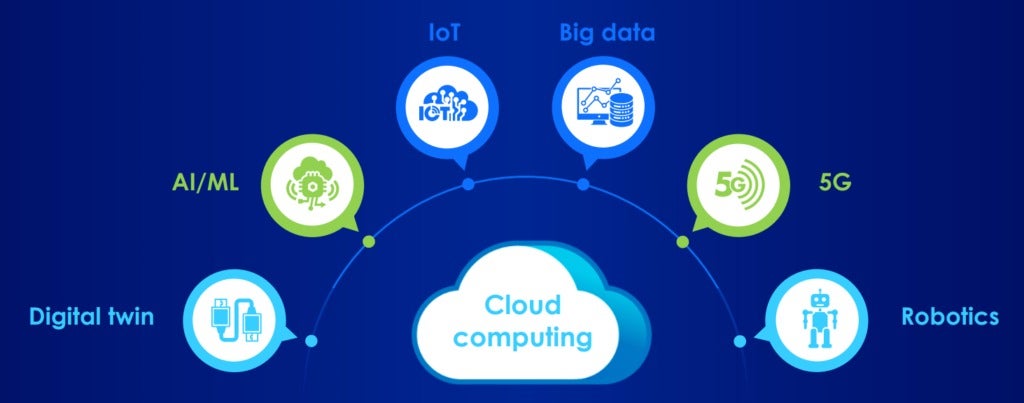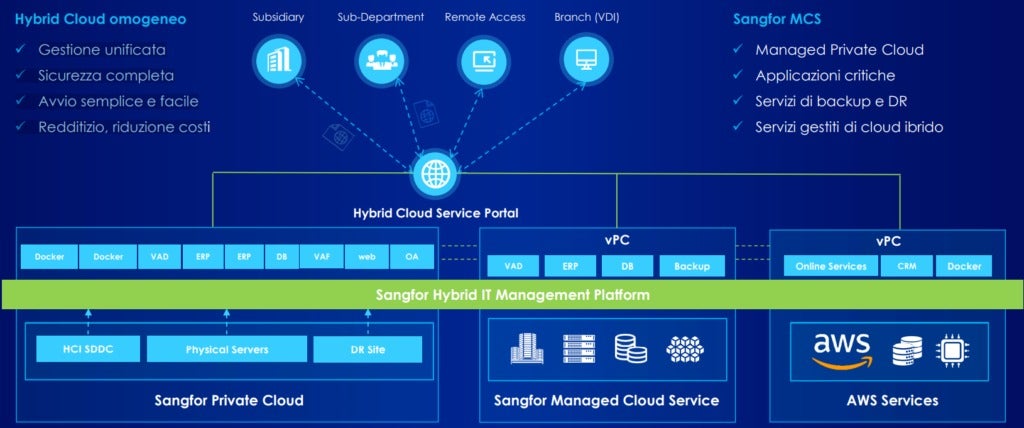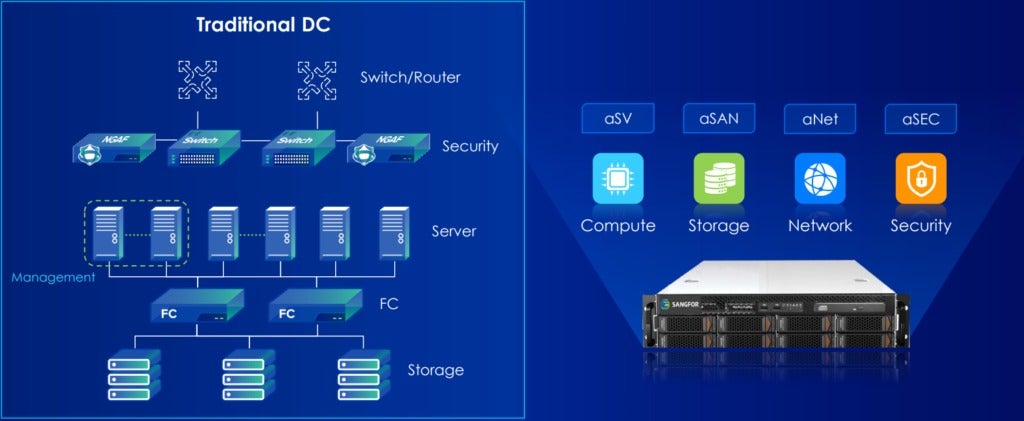It is increasingly common to realize that many companies, both small businesses and international giants, are tackling the issues of environmental impact and climate change very seriously: these are aspects linked to their production and the way in which they do business. Sustainability is a factor that weighs more and more every day in the overall evaluations of an organization. It is now well established that technological evolution leads us to continuous progress, from which there is no turning back: however, it is good to be aware of the impact that the digitalisation of each person has on the environment.
Some data on current climate change
The main consequences of climate change are:
- Warmer temperatures
- Rising oceans
- Increased drought
- Food shortage
- Loss of animal species
- More intense thunderstorms
The causes of climate change are:
- Energy generation
- Use of transport
- Building power supply
Fossil fuels – coal, oil and gas – accounting for over 75% of global gas emissions greenhouse and almost 90% of all carbon dioxide emissions.
How can we help the country faced with these difficulties? Certainly, replacing polluting coal, gas and oil with energy from renewable sources (wind or solar) and using hydroelectric energy would drastically reduce carbon emissions.
BUT NOT ONLY... new digital technologies can also help!
Energy, materials and mobility constitute the three sectors that emit the most emissions, contributing to 34%, 21% and 19% of total emissions in 2020 respectively.
Digital technologies can help reduce emissions by up to 20%, if scaled across sectors (source: analysis by Accenture, in collaboration with the World Economic Forum)
There are 3 steps to take to scale digital adoption thus reducing global emissions:
- Guaranteeing the sharing, autonomy, connection of data and their transparency which brings a series of results - from the identification and discovery of source materials, to the optimization of routes and the improvement of efficiency.
- Ensure that current and future workforces have access to the new technologies and skills needed to scale digital technologies and transition business processes into high-emitting sectors.
- Promote collaboration between digital, sustainability and operational teams within companies, but also across value chains and industries themselves.
CLOUD COMPUTING HELPS! It could prevent nearly 1 billion tons of carbon dioxide emissions between 2021 and 2024 by shifting workloads around the world, enabling the use of renewable resources such as solar and wind energy.
Thanks to technologies such as virtualization, the number of physical servers can also be significantly reduced and consolidated to reduce data center footprint and energy consumption.

According to IDC, cloud spending will increase to 68.6% of total infrastructure spending by 2026.
It also predicts that 92% of organizations will adopt hybrid cloud in their environment by the end of 2022.
Looking ahead, the market is expected to reach $262.4 billion by 2027, exhibiting a CAGR (growth rate) of 20.6% during 2021-2027.
SANGFOR TECHNOLOGIES provides solutions that allow you to reduce the direct current footprint.
Sangfor Hybrid Cloud with the MCS (Managed Cloud Service) allows you to reduce energy consumption, being an ALL-IN ONE solution that has: unified management, complete security, ease of management and maintenance, and cost reduction.

DO YOU WANT TO ACCELERATE YOUR BUSINESS, ALSO SAVING LARGE QUANTITIES OF ENERGY?
We have the right solution for you!

If before you had to interface with a long chain of processes and steps to launch a new service and time-consuming manual provisioning, with SANGFOR HCI you will only have 4 steps to launch a service and automatic provisioning!
A data center within reach, effective, efficient and sustainable!





